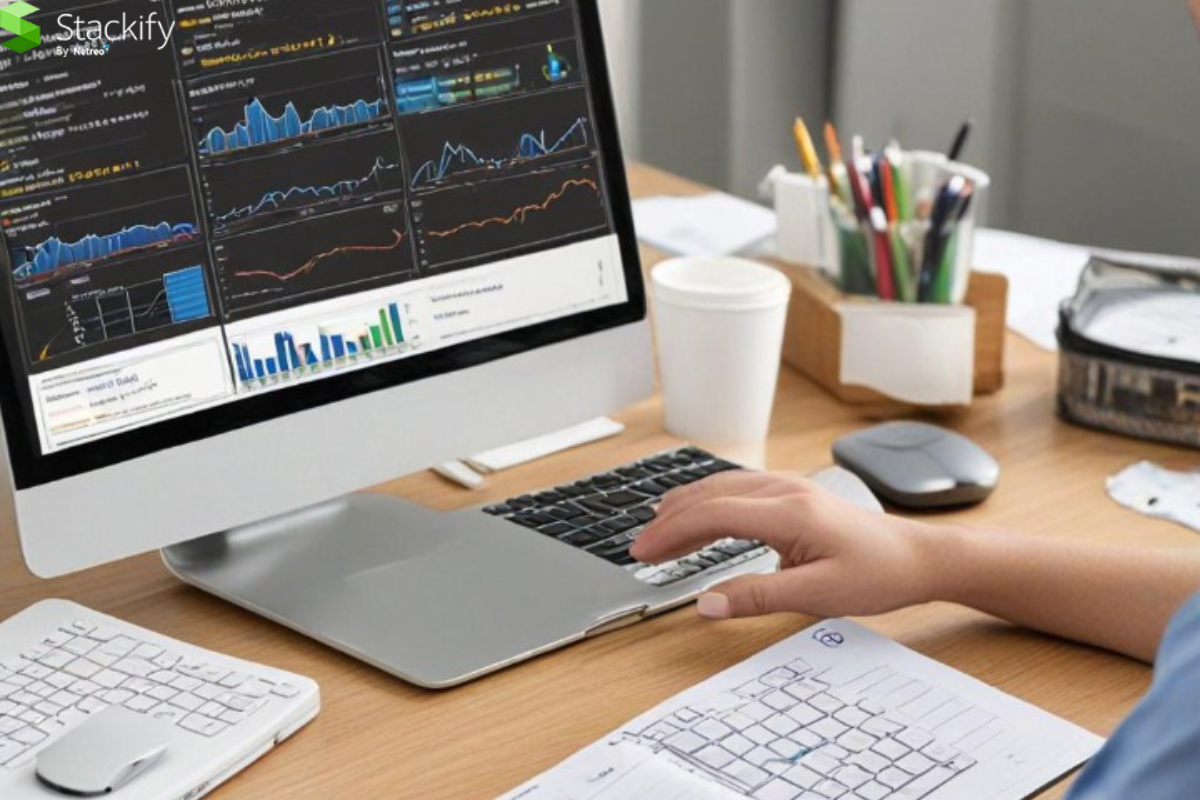In today’s fast-paced digital world, it’s important for businesses to make sure that services are always online and that there are no technical glitches or downtimes since this is how customers gauge the competitiveness of the business and their satisfaction. The fact is, that it is here, where service level objectives (SLOs) and their monitoring starts. This article will dig into SLA, SLO and SLI concepts and review the way they correlate with service delivery namely Standards-based Instruction, Specialization and Localization.
SLA (Service Level Agreement)
SLA (Service level agreement) is a deal between a provider and its user about the service that the provider should deliver. They define there the metrics used to assess performance and the negative effects if they do not reach the predetermined standard.
SLO (Service Level Objective)
SLOs are well-defined, measurable goals for which a provider specifies a benchmark for its quality level of services to offer to the consumers It is SLA based but the foremost things considered are the timelines & technical aspects of the service, not the service delivery.
SLI (Service Level Indicator)
SLIs are the metrics in place to gauge the indicators of various service delivery areas. The metrics enable the establishment of a qualitative measurement tool where the performance of the service relative to set goals is gauged.
Key Differences
Scope: SLAs are objective agreements that look at the entirety of service conditions involving legal and business aspects. Unlike SLA, SLLOs pay more attention to technical performance, which emerge from SLAs. KPIs are metrics that are choosen to assess performance.
Granularity: SLAs are more extensive and cover a very broad field of requests and metrics. SLOs are much specific and they help quality check on individual features of stand. With this in mind, SLIs are the most granular as it focuses on a person’s individual metrics like response time or an error rate.
Purpose: Service-level agreements, or SLAs, are generally used to define and describe the terms that have been agreed upon by the supplier and the customer. These SLOs are used for internal purposes, the establishment of performance goals as well as improvements in service. The monitoring of the progress of strategic performance indicators is provided by the SLIs. These KPIs are actually how the managers are assessed in a quantitative way.
Importance
Quality Assurance: SLA, SLOs and SLIs create accountability in the supply chain by binding providers to the level service they have agreed to provide, and thus at the end customers will be more satisfied and more loyal.
Performance Monitoring: These notions not only enable administration team assess output but also provide room for correction by identifying and improving the gaps. Thus, a high efficiency and efficiency of services is assured.
Resource Allocation: To quantifiable goals, services providers give priority to making a proactive management of recourses obtainable and this met the satisfactory expectation of customers.
Why the SLO Monitoring stands crucial?
1. Performance Optimization:
Via monitoring SLOs, a business can spot bottlenecks in the systems and take the needful steps to deliver the service at the best optimum level.
2. Customer Satisfaction:
Adhering to SLOs guarantees customers the requirements service, and eventually leads to a positive experience.
3. Cost Reduction:
SLOs monitoring gives possibility to illustrate wastage and make business to reallocate the resources properly in order to reduce expenses.
4. Proactive Issue Resolution:
By implementing SLO monitoring, companies can spot issues earlier and provide remedies before they start to affect satisfaction of customers. As a result, downtime is minimized and the level of dissatisfaction diminishes.
In regard to: Putting into Practice SLO Monitoring.
1. Define Clear SLOs:
Double-check the SLOs derived from your SLAs and customer expectations, and make necessary clarifications. Make them precise and measurable, assign goals, make them essential, and make them time-bound (SMART).
2. Choose Relevant SLIs:
Identify the SLIs that relate to your organization and impact operations the most. These are the most crucial SLIs to understand and maintain. Basic SLI metrics may consist of response time (latency), the number of requests processed (throughput), and the number of errors encountered.
3. Monitor Continuously:
Monitor the SLIs recurrently by the aid of the tools, or let them be in contrast with the SLOs. Thus, the presence of this function enables you to fastly diagnose and rectify anything that is out of order.
4. Analyze and Improve:
Continuously track the SLO key performance indicators to find out the repetition of trends and the flaws they repeat. Having these insights, you are well positioned to make data-driven decisions and target service improvements.
Conclusion
Firstly, SLO service level monitoring serves as a crucial process to track businesses meet their service level expectation and provide service excellence to their customers. SLO monitoring practices offer an organization to have a more streamlined and improved performance, a contented customer base, and a reduced cost and therefore, culminating in gains as an ultimate result. Stackify Retrace is one of the all-in-one APM lifecycle management software which you can use to help you improve all the metrics.
